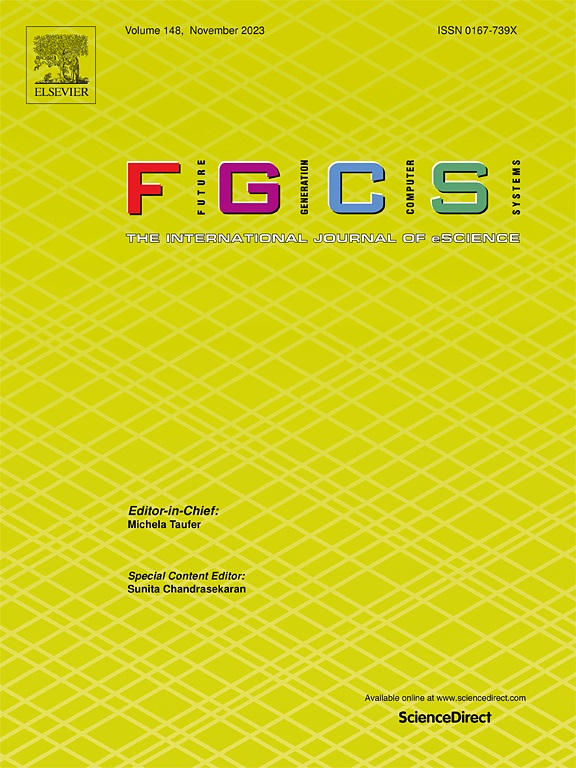使用不同性能模型验证GPU端口的性能
IF 6.2
2区 计算机科学
Q1 COMPUTER SCIENCE, THEORY & METHODS
Future Generation Computer Systems-The International Journal of Escience
Pub Date : 2025-07-18
DOI:10.1016/j.future.2025.108018
引用次数: 0
摘要
将计算任务转移给GPU对于利用当今的许多超级计算机来说至关重要。我们期望应用程序的GPU端口优于纯CPU实现,但这总是正确的吗?简单的基准测试只允许我们从大量的执行配置中获取有限数量的样本,因此只能提供一个不完整的答案。为了系统地回答这个问题,甚至对于单个应用程序内核,我们提出了一个基于差分性能建模和直观可视化的半自动工具链。我们将基于统一CPU-GPU配置文件的经验性能模型与硬件特征结合起来,得出可以轻松比较不同设备类型的差异性能模型。在四个案例研究中,我们展示了我们的工具链如何精确定位GPU端口中的缩放问题,指导性能改进,并确定具有卓越性能的执行配置。本文章由计算机程序翻译,如有差异,请以英文原文为准。
Validating the performance of GPU ports using differential performance models
Offloading computation to the GPU is crucial to leverage many of today’s supercomputers. We expect the GPU port of an application to outperform the pure CPU implementation, but is this always true? Simple benchmarking only allows us to take a limited number of samples from a vast space of execution configurations and can, therefore, deliver only a fragmented answer. To answer the question systematically, even for individual application kernels, we propose a semi-automatic toolchain based on differential performance modeling and intuitive visualizations. We combine empirical performance models based on unified CPU–GPU profiles with hardware characteristics to derive differential performance models that can be easily compared across device types. In four case studies, we demonstrate how our toolchain pinpoints scaling issues in GPU ports, guides performance improvements, and identifies execution configurations with superior performance.
求助全文
通过发布文献求助,成功后即可免费获取论文全文。
去求助
来源期刊
CiteScore
19.90
自引率
2.70%
发文量
376
审稿时长
10.6 months
期刊介绍:
Computing infrastructures and systems are constantly evolving, resulting in increasingly complex and collaborative scientific applications. To cope with these advancements, there is a growing need for collaborative tools that can effectively map, control, and execute these applications.
Furthermore, with the explosion of Big Data, there is a requirement for innovative methods and infrastructures to collect, analyze, and derive meaningful insights from the vast amount of data generated. This necessitates the integration of computational and storage capabilities, databases, sensors, and human collaboration.
Future Generation Computer Systems aims to pioneer advancements in distributed systems, collaborative environments, high-performance computing, and Big Data analytics. It strives to stay at the forefront of developments in grids, clouds, and the Internet of Things (IoT) to effectively address the challenges posed by these wide-area, fully distributed sensing and computing systems.

 求助内容:
求助内容: 应助结果提醒方式:
应助结果提醒方式:


